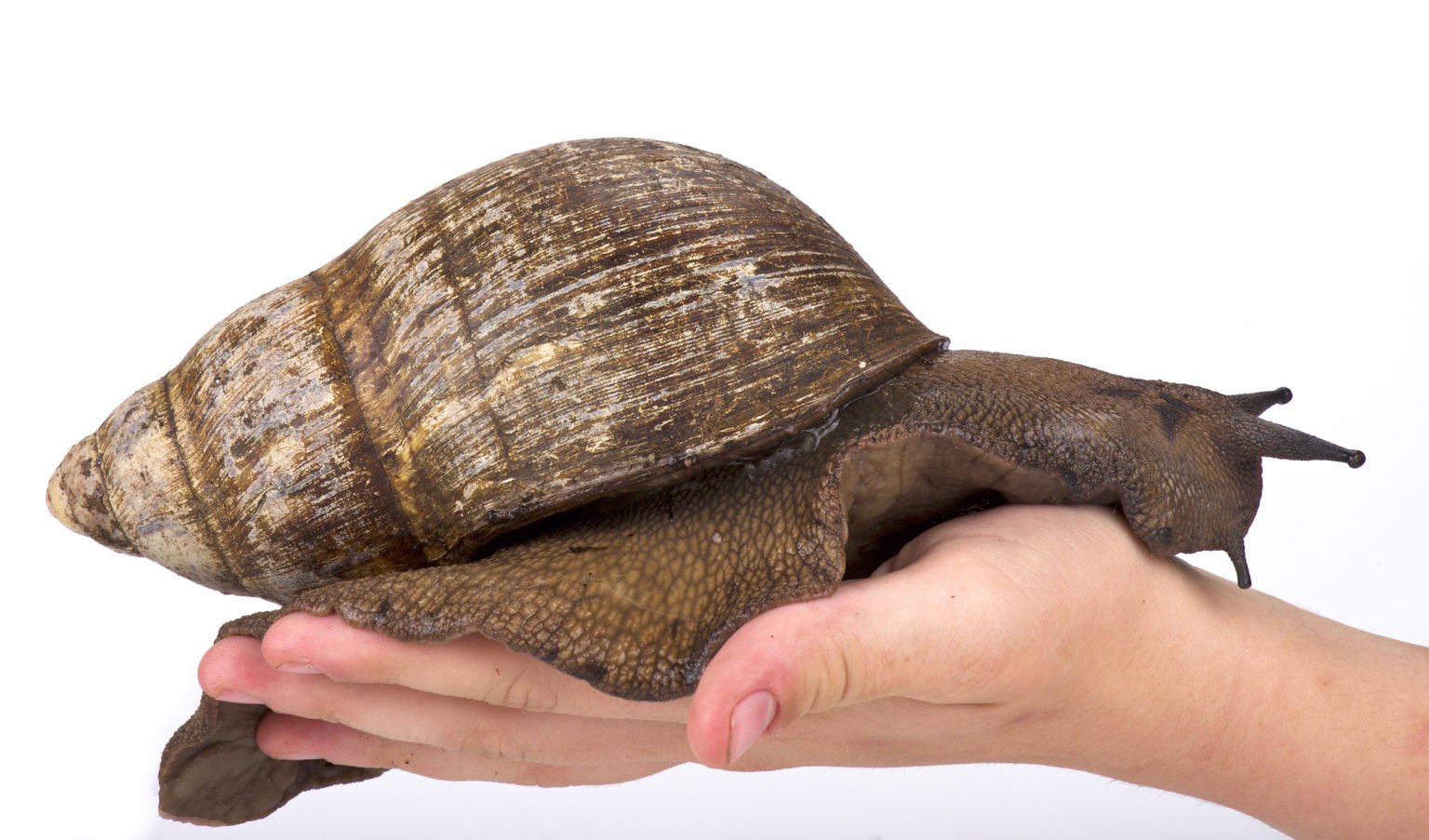
Moisturizes the skin: According to Lain, snail mucin contains moisturizing agents that work to repair the barrier function of the skin, both locking out irritants from the environment while also simultaneously locking in moisture.

Worth noting: This isn’t an excretion that comes out whenever the snail moves, but rather a substance that's excreted when the snail is under stress, points out Lain (more on the importance of that in a minute). “It’s a trusted ingredient in the K-beauty world and has become a popular one because it can offer noticeable results,” she adds. Snail mucin is naturally created and used by snails as a way for them to protect themselves, says Desai-Solomon. Simply put, it’s the excretion from a snail, which is why it’s also known and appears on ingredient labels as snail secretion filtrate, or SSF. Right now, there's no evidence that it does. Works Well With: It’s often combined with antioxidants and retinol, as well as common skincare staples such as vitamin C, glycolic acid, and other moisturizing ingredients.ĭon't Use With: Because research is still limited, it's unknown whether or not it interacts poorly with any other ingredients, says Lain. Generally speaking, you can use snail mucin once or twice per day. How Often Can You Use It: This largely depends on why you're using it-since it does have many benefits-and what type of product it's found in. (Though keep in mind that since it is derived from an animal vegans should take a pass). And unless you’re allergic to the ingredient, it’s generally well-tolerated by most.

#Snail pictures skin#
Who Should Use It: In general, snail mucin can be used on all skin types, though its hydrating properties make it especially choice for those with dry skin, says Lain.

Main Benefits: Moisturizes skin, promotes collagen production, aids in skin healing and regeneration. Type of Ingredient: Moisturizer and collagen-stimulator


 0 kommentar(er)
0 kommentar(er)
